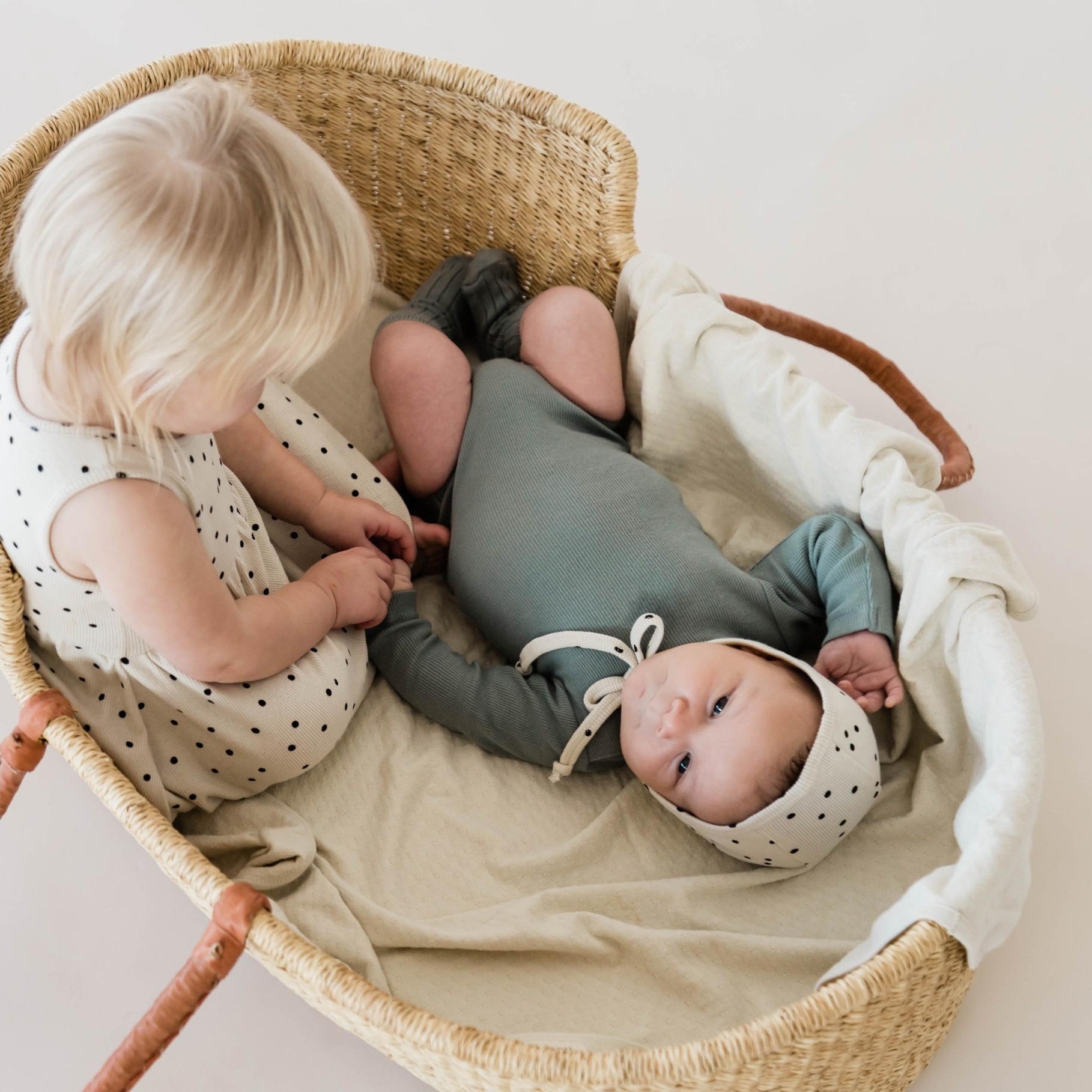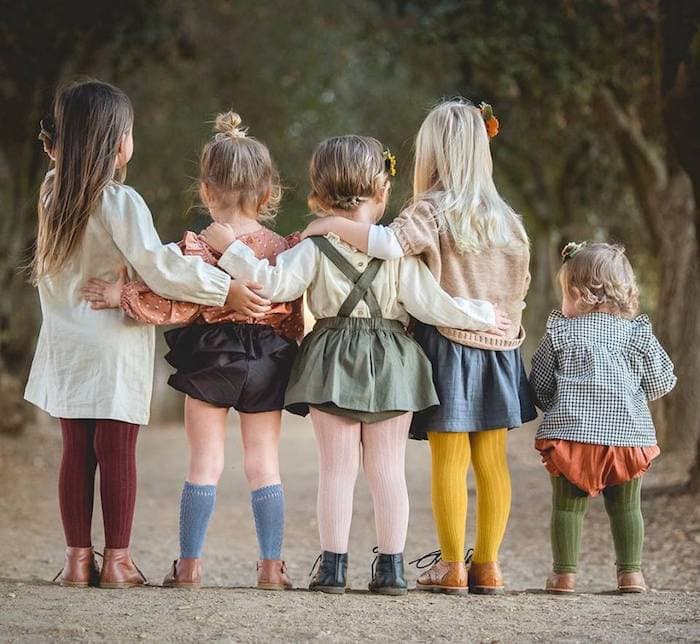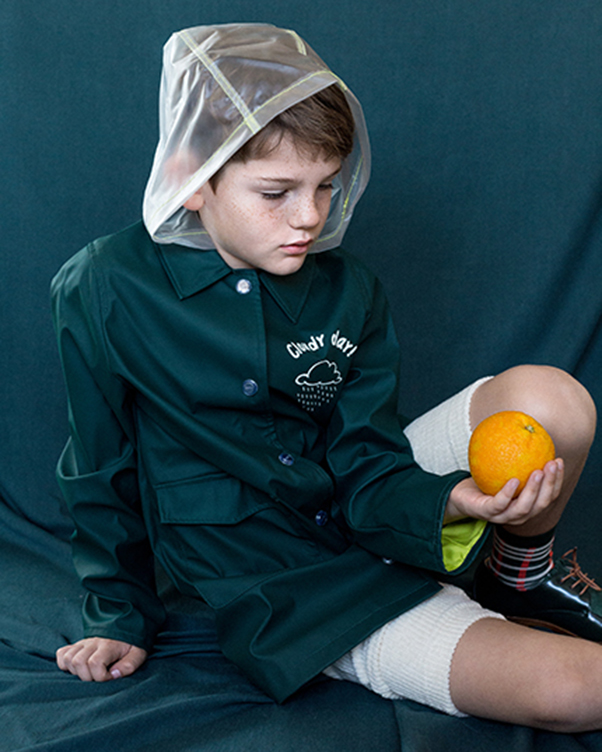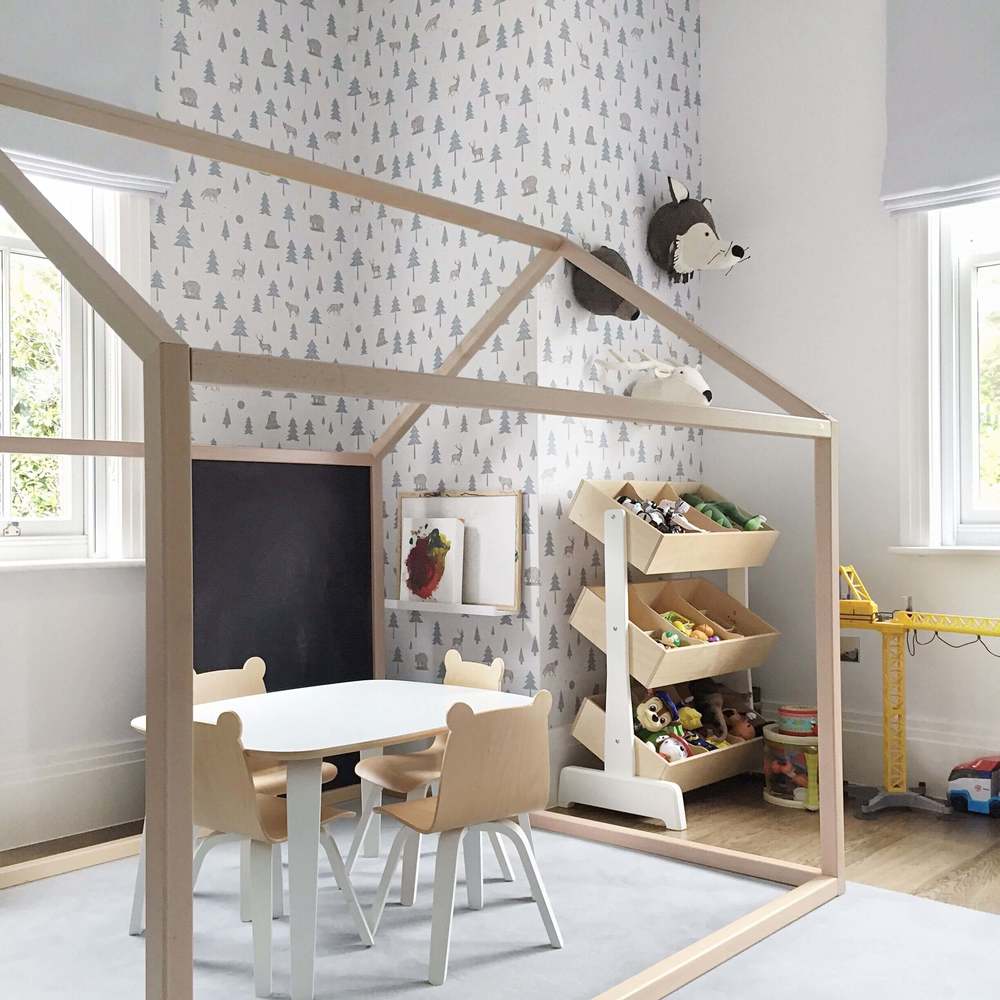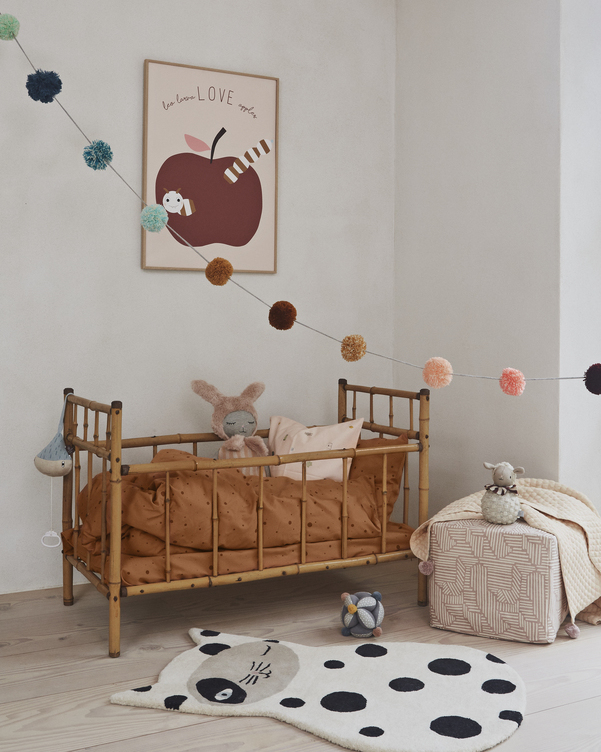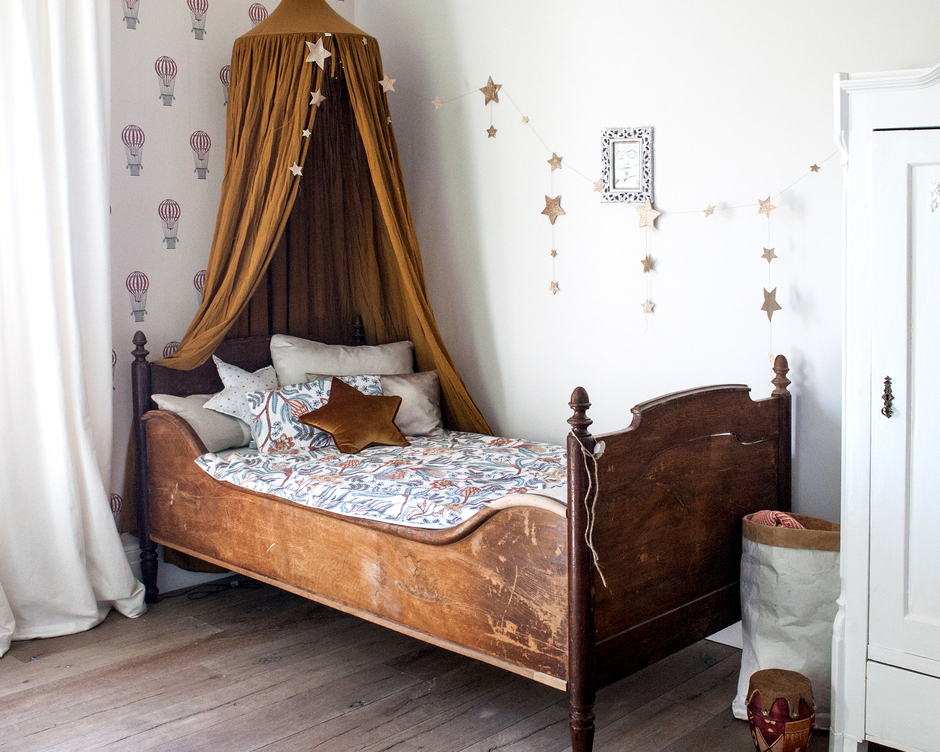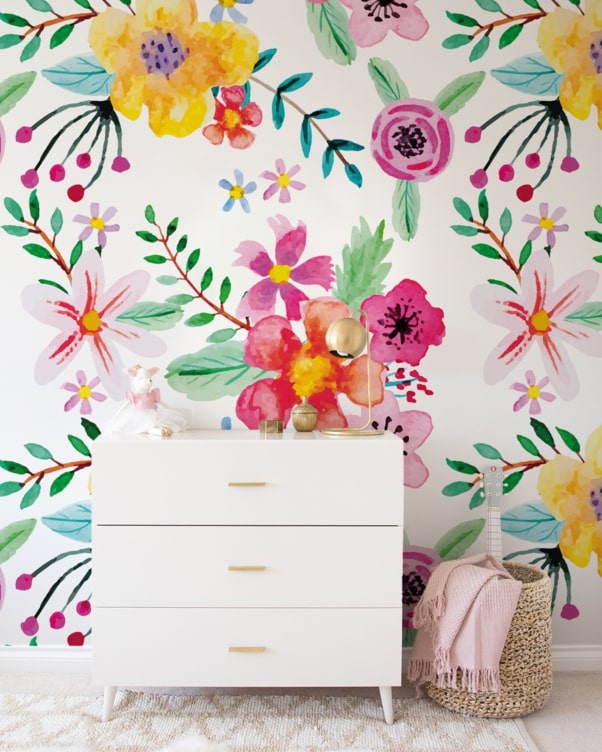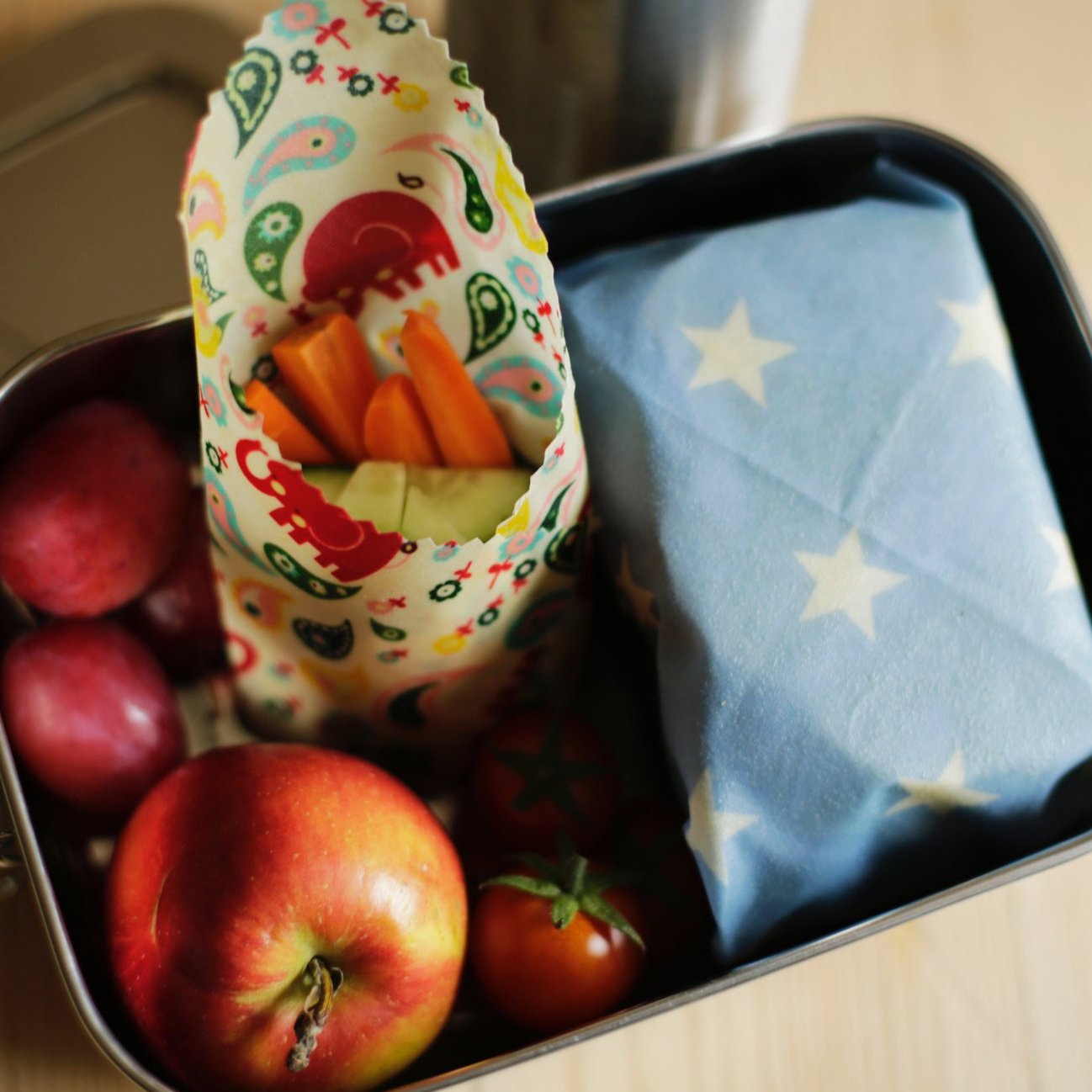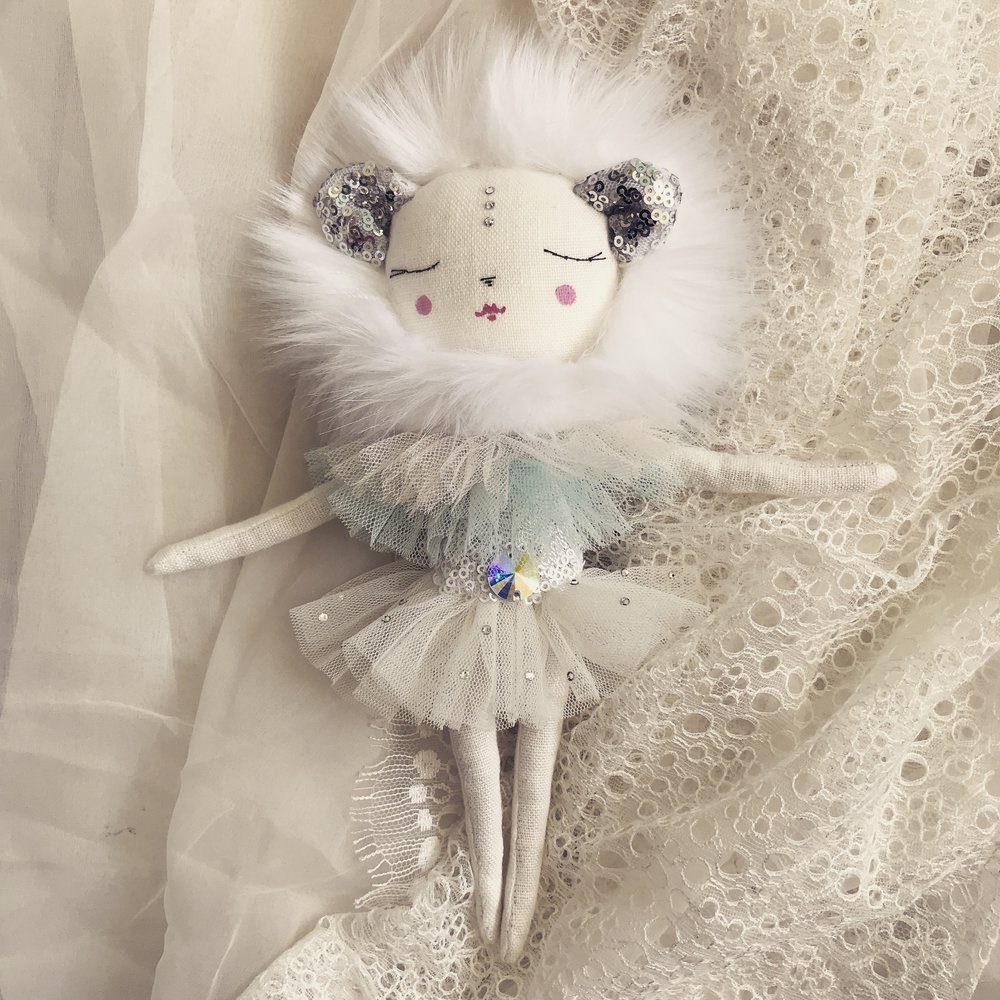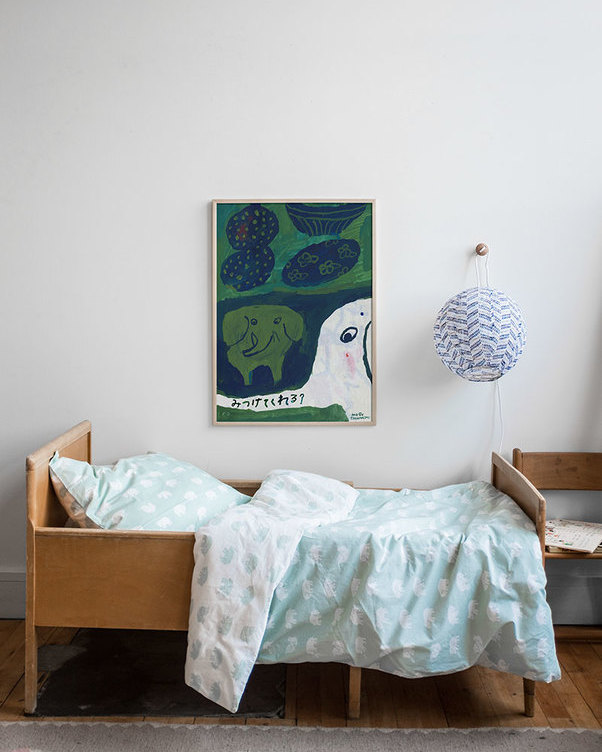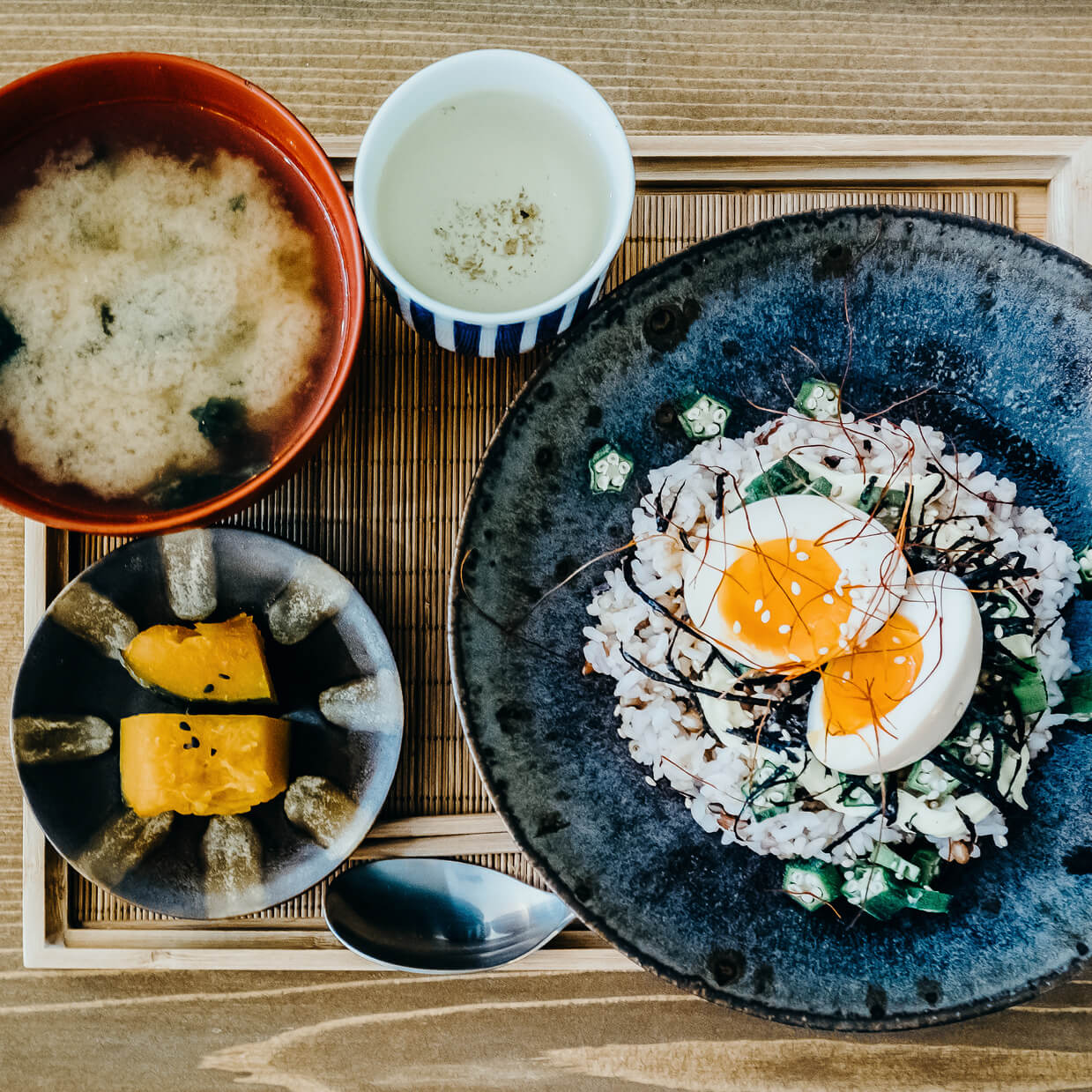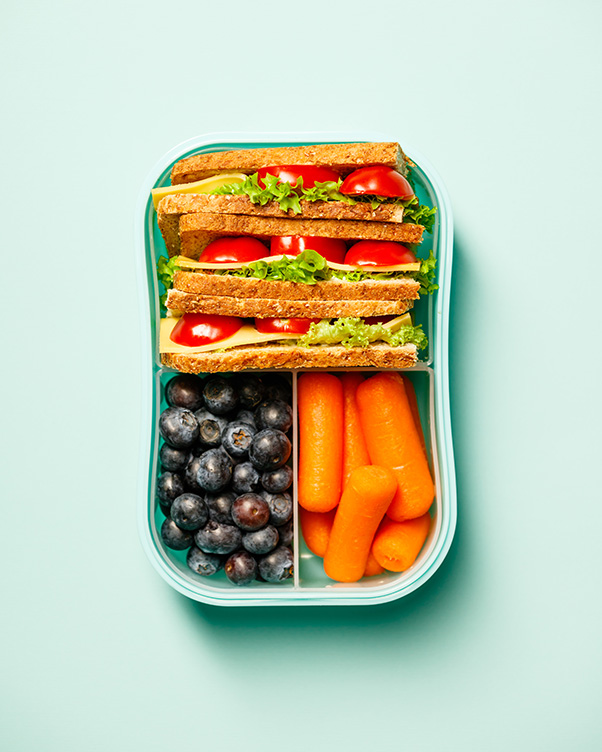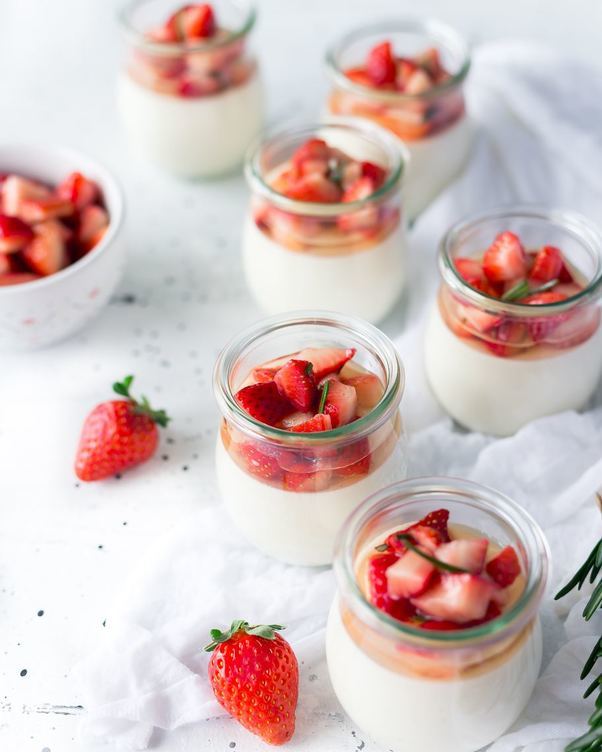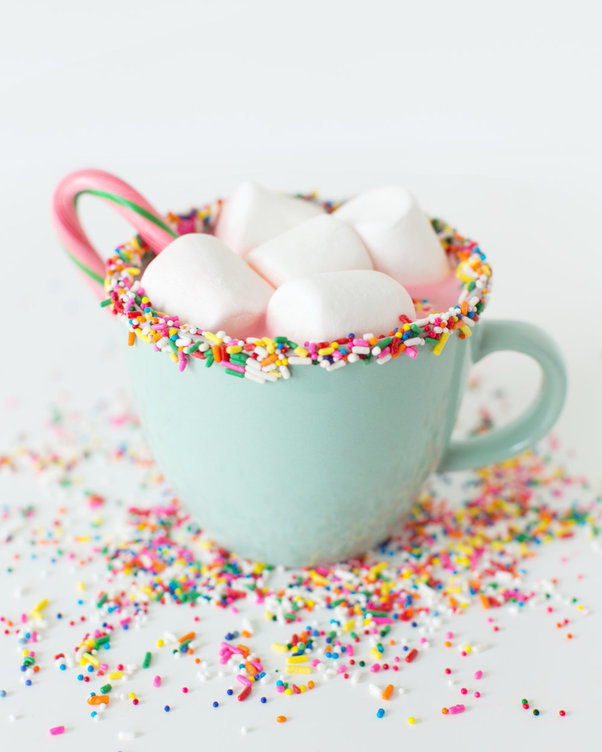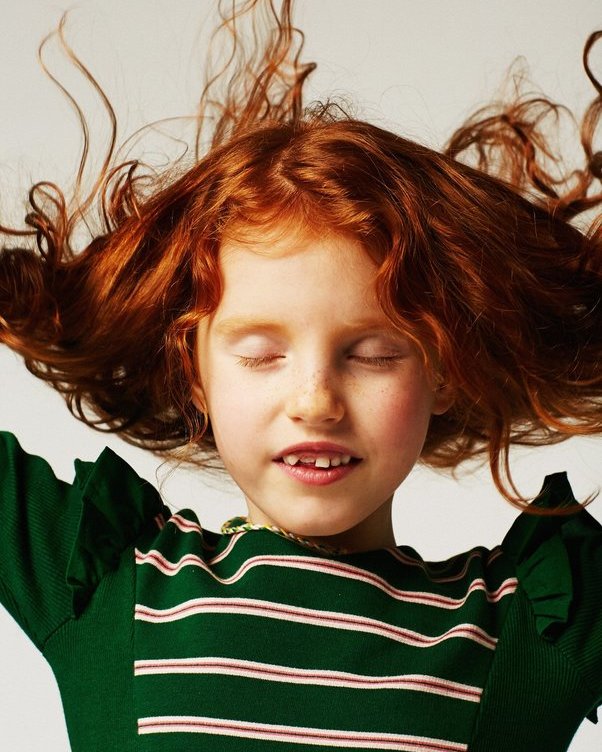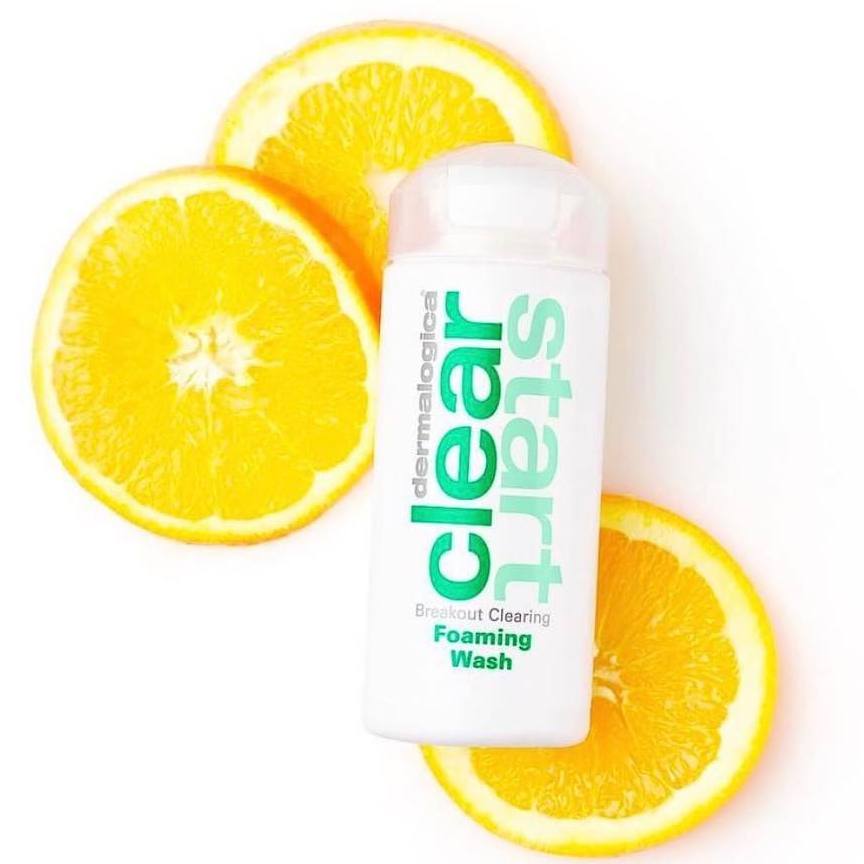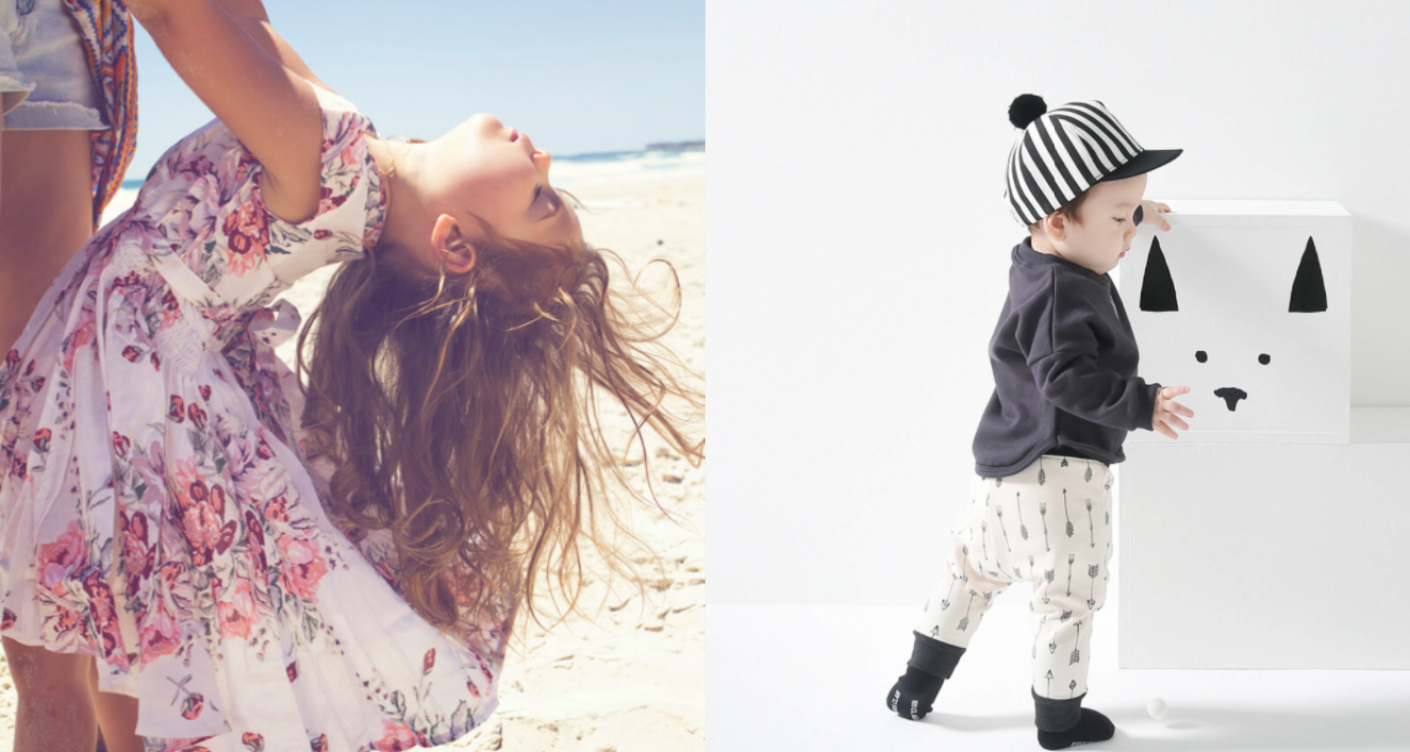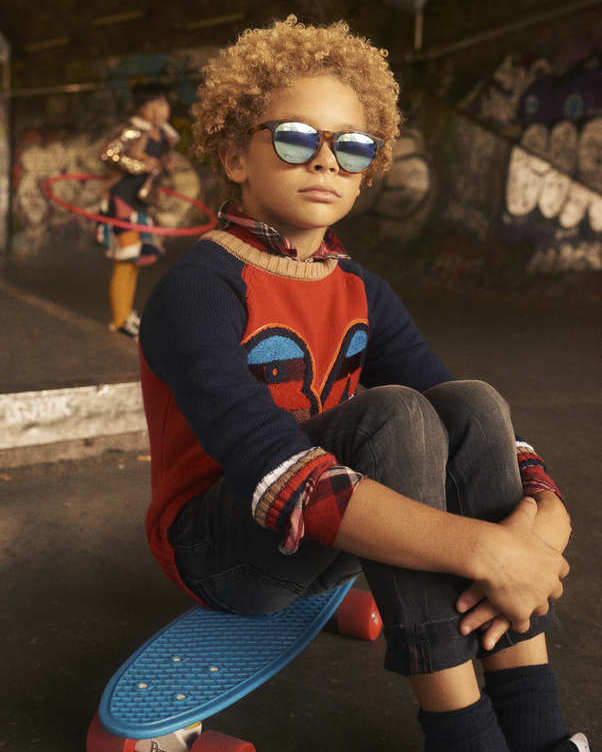
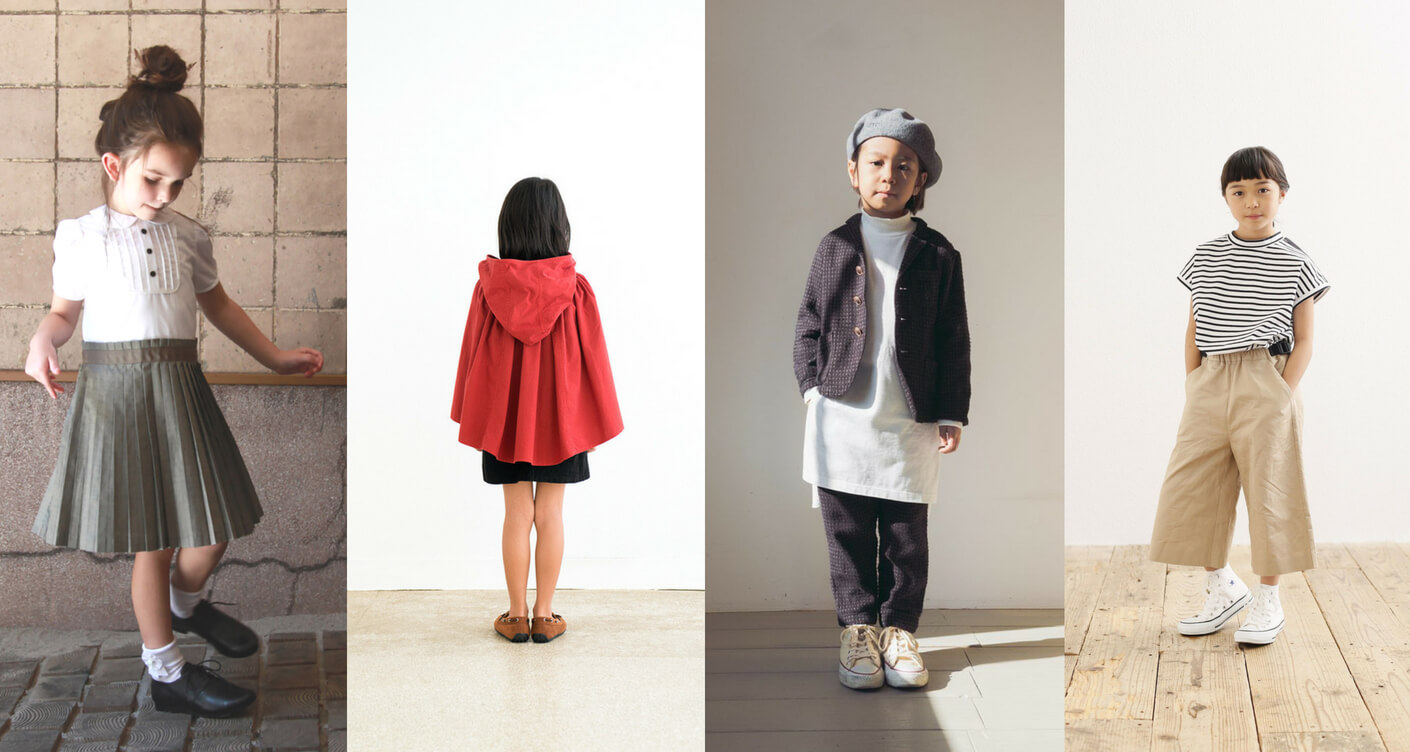
These are the best Japanese Brands for children
FASHION, Kids, Toys
Japanese labels are in a league of their own! Cutting edge, often extravagant and made from the very best materials.
For us here in Europe Japanese children’s fashion has an exotic note. Far away and the exceptional silhouettes and shapes are nothing of what we see much of over here.
Japanese parents are happy to spend a good amount of money on high quality and long-lasting garments. Most are entirely Made in Japan, and the growing interest of everything originating from the land of the rising sun has led to this list.
We want to share some of the best Japanese Brands for children, including a very original accessories label and a few toy brands. Because toys and everything design has a very special place in Japan as well:
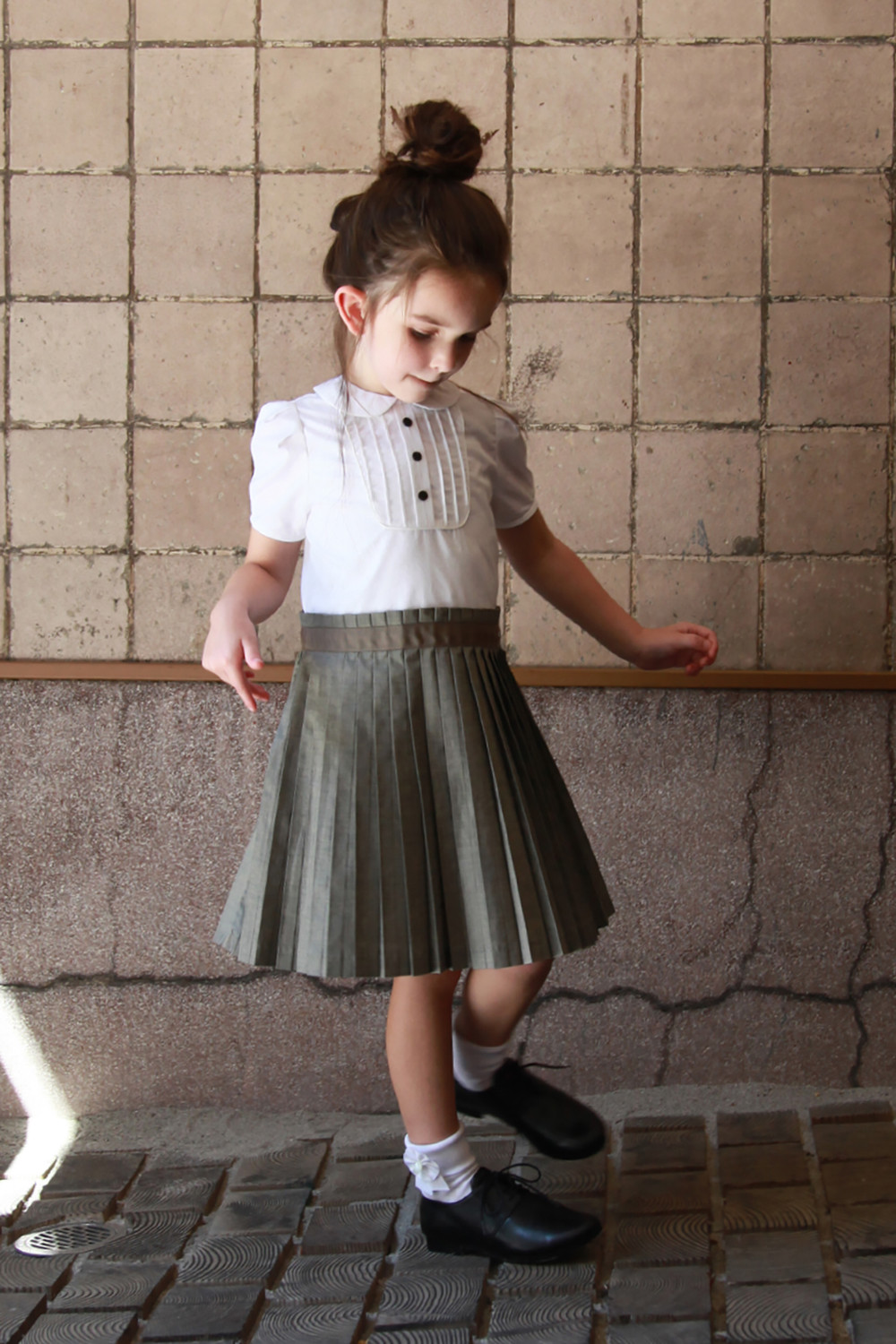
Fith
FITH dresses our children in mini suits, pleated skirts and ruffled blouses. Very sleek occasional wear in our hemisphere and so good!
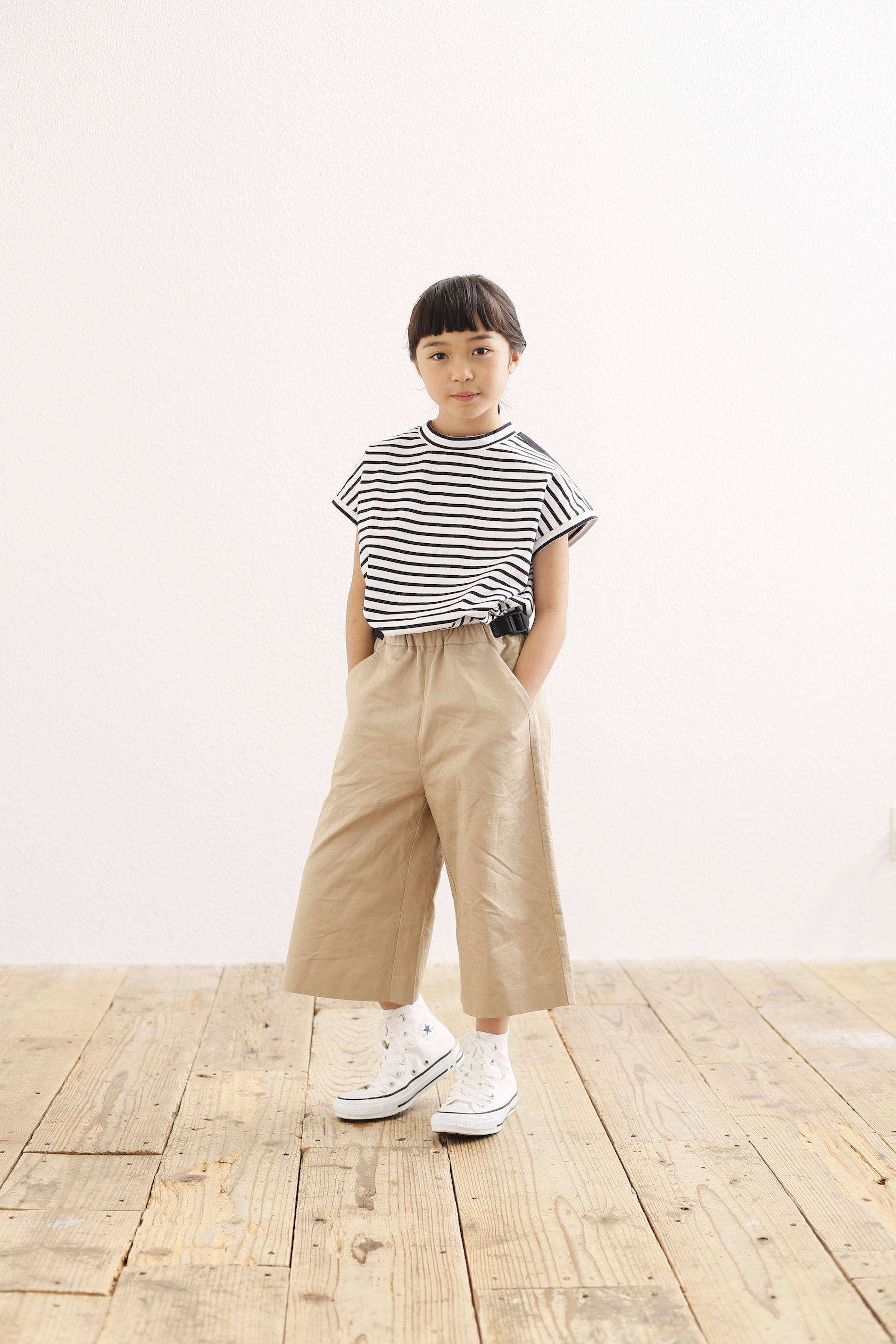
Arch & Line
Created by Japanese designer Naoto Koike in 2012. Arch & Line gracefully mixes modern fashion and Japanese tradition. Minimalist, cool and contemporary! Simple shapes and cuts with sleek and original designs.
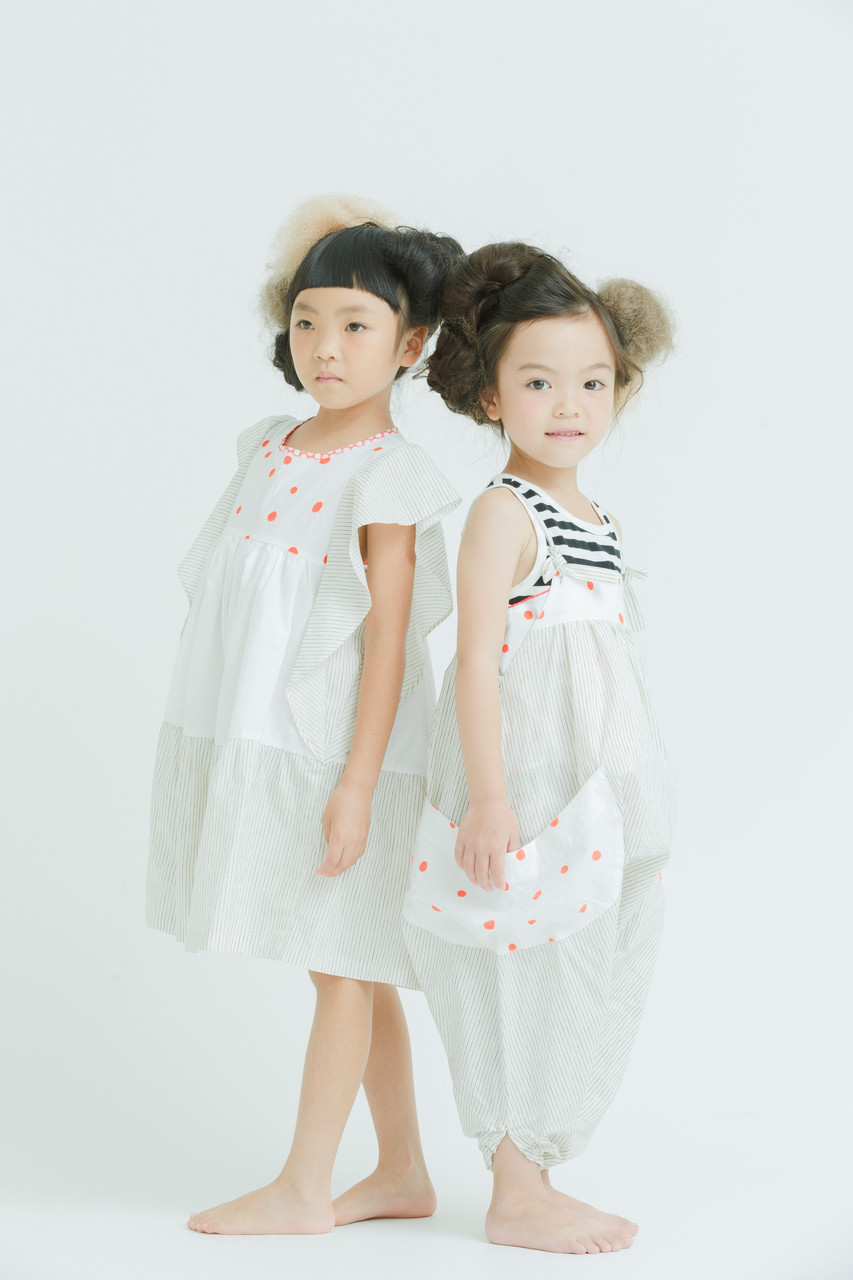
Folk Made
Designed by Harumi Watanabe. A unique, timeless style, with high quality reflected in the designer’s fabric choices and finishing touches. The colour range is gorgeous and unexpected. Therefore making the bi-coloured items top sellers in Japan and beyond!
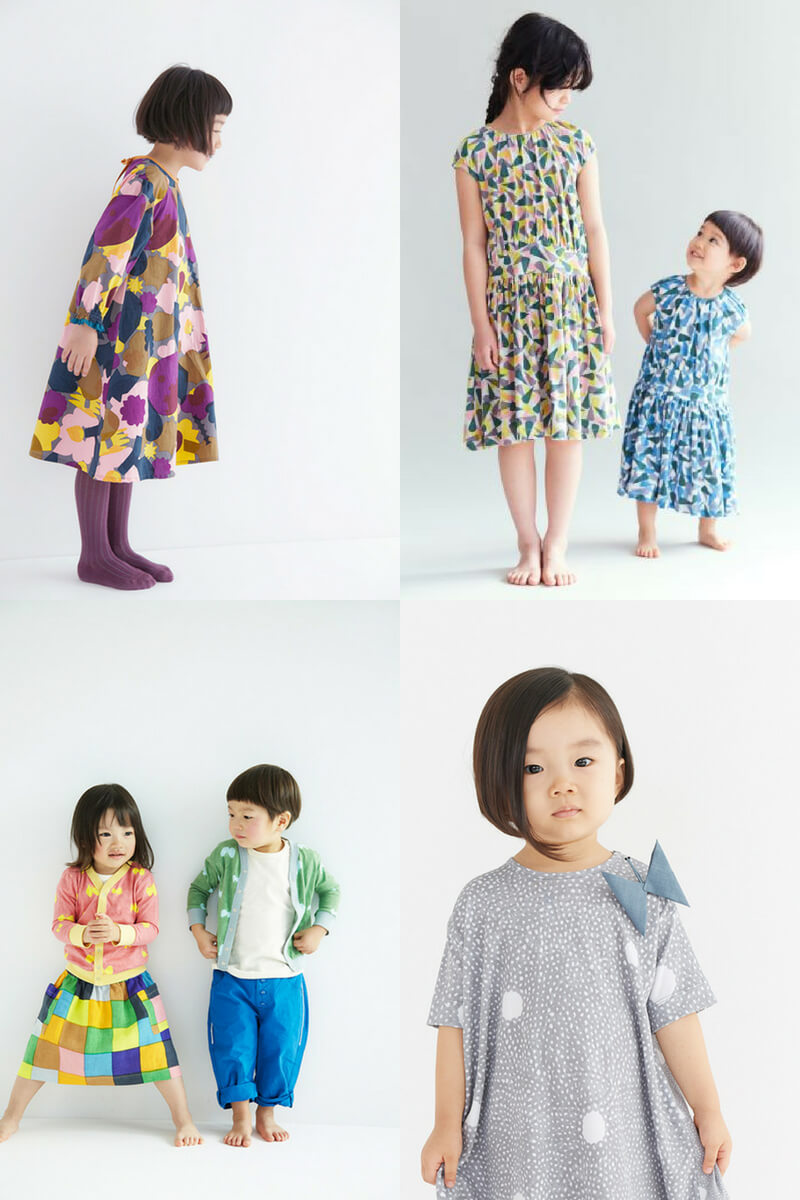
Mina Perhonen
Created in 1995 by Japanese designer, Arika Minagawa. Unique everyday outfits that are largely inspired by Scandinavian design and culture. Minä means “I” in Finnish and Perhonen translates into “Butterfly”. Two words that perfectly define Minagawa’s delicate and beautiful art.
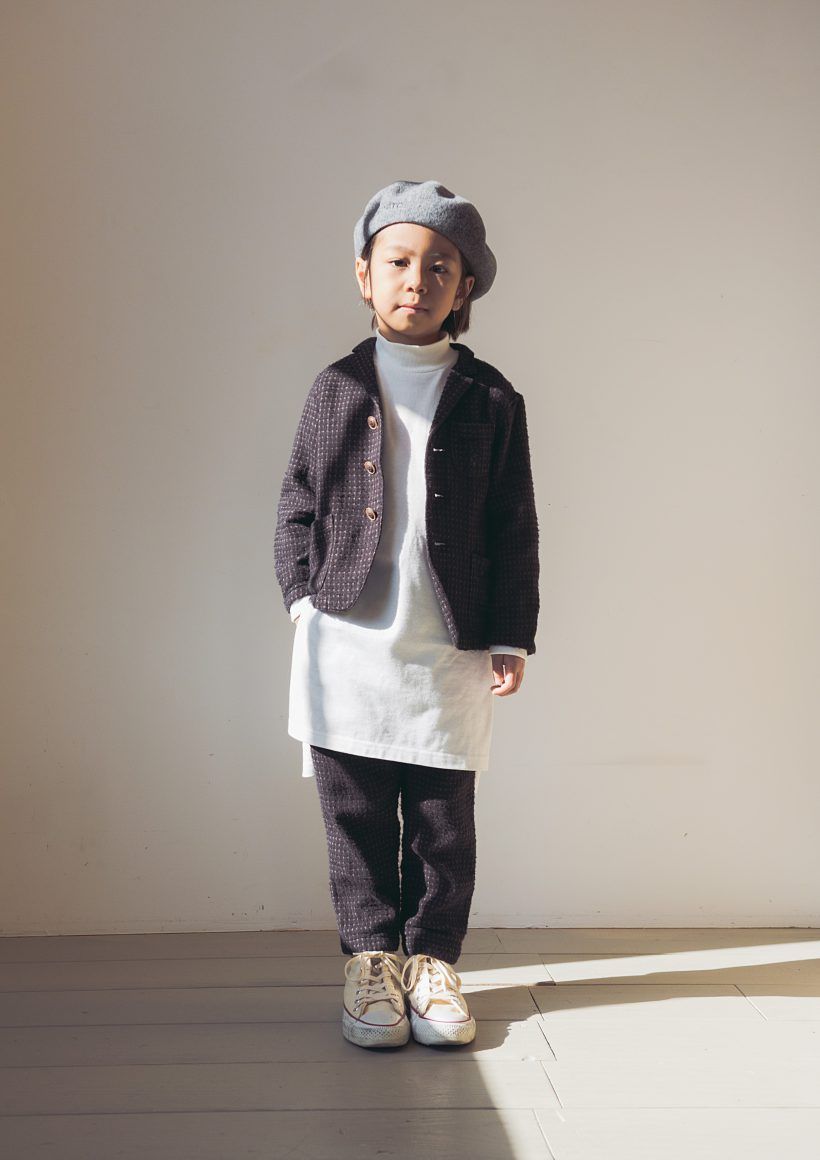
East End Highlanders
East End Highlanders have an in-depth imagination for children’s fashion with its offbeat cuts and creative simplicity. The brand makes clothes that are comfortable to wear and made in Japan with a dedication to high quality.
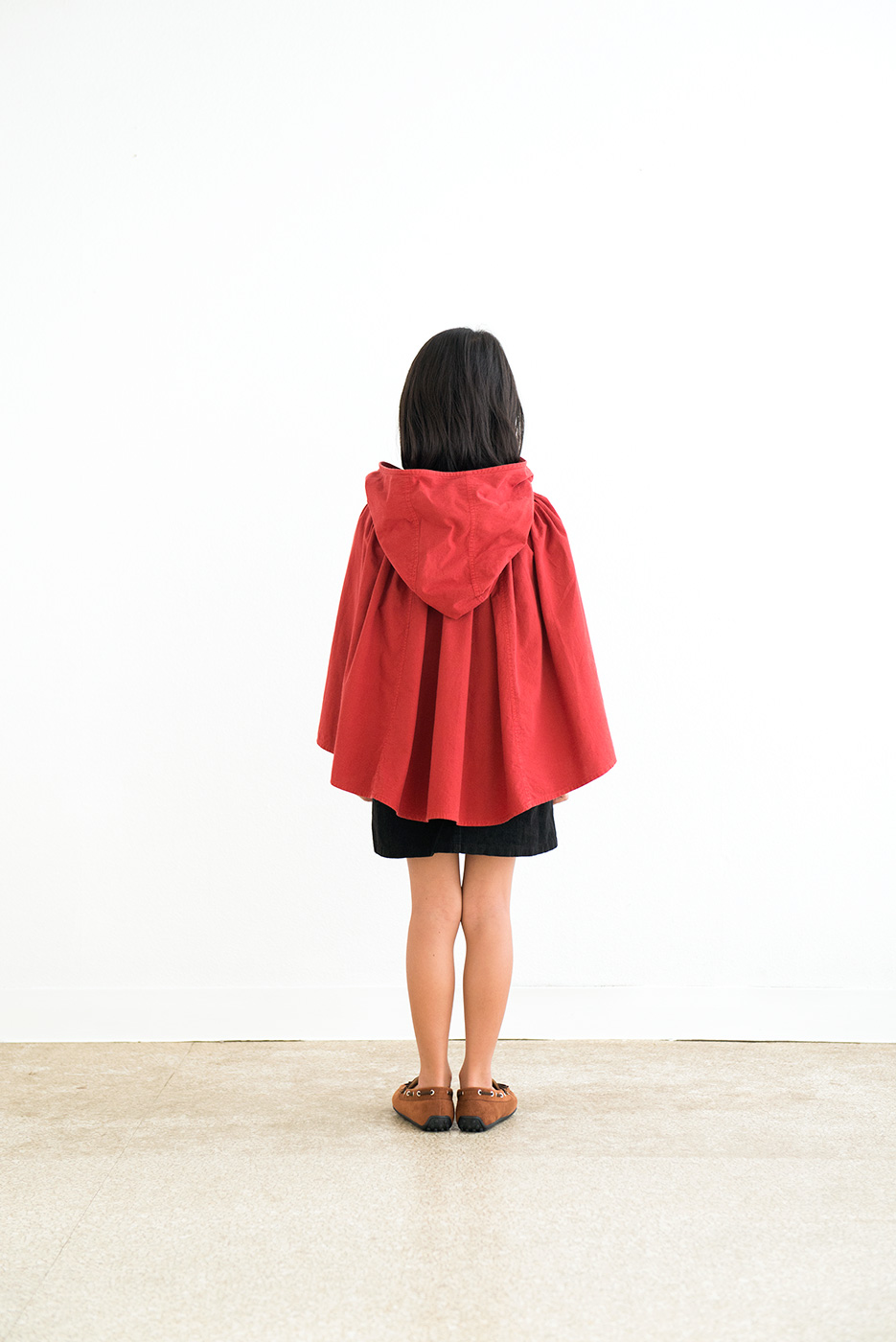
Yarocco
Using Natural dyes and organic fabrics. Yarocco is known for their unique use of bold colour and ethical business practices.
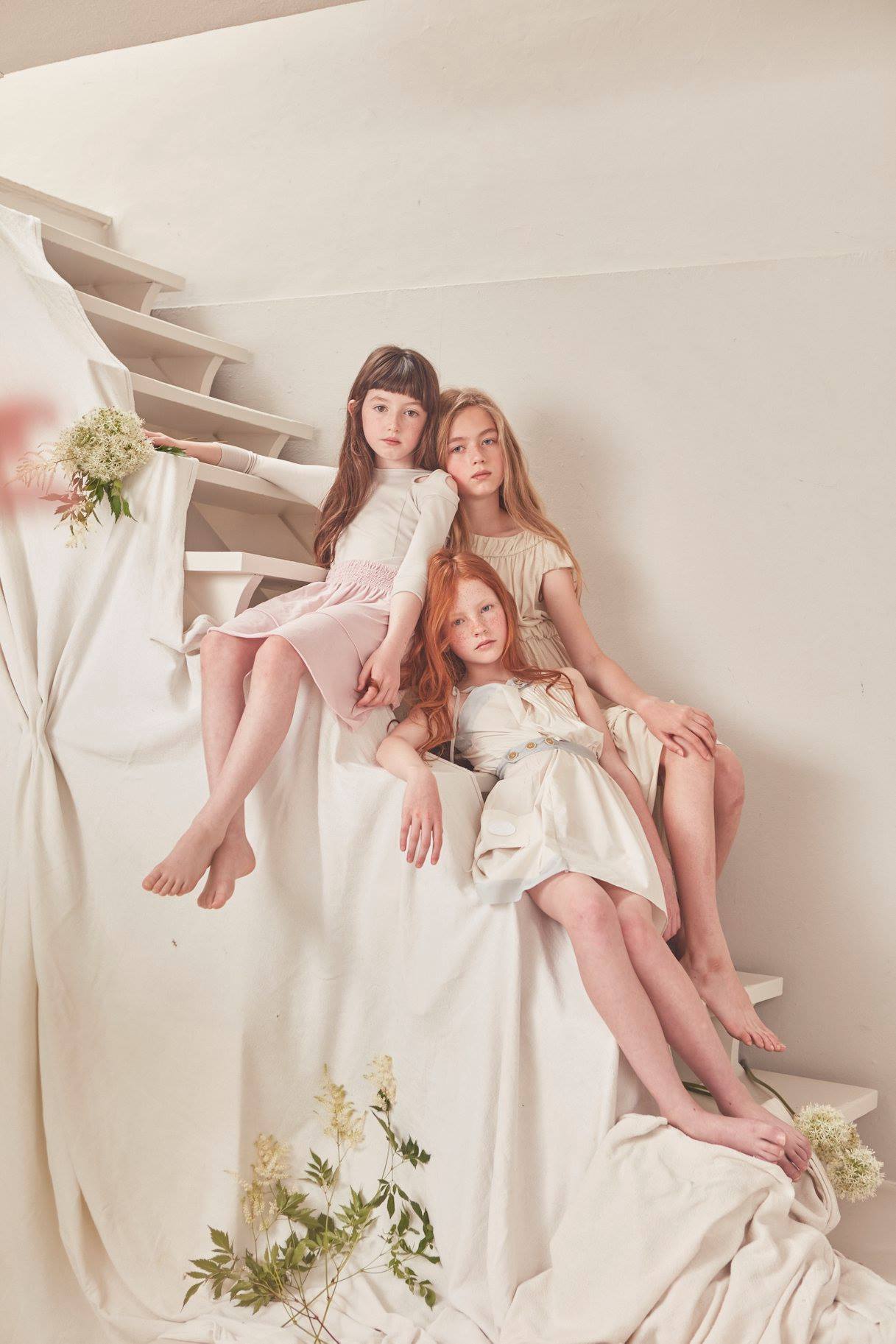
OWA YURIKA
Founded by mother-daughter duo Yuki and Yuriko Oshima. Based in London but with a lot of Japanese roots and influence.
Bringing together London’s cutting-edge design aesthetic with high-quality Japanese manufacturing, luxury textiles and meticulous attention to detail. Combining practicality, durability as well as the clean and meticulous finishing of Japanese clothing.
Accessoires:
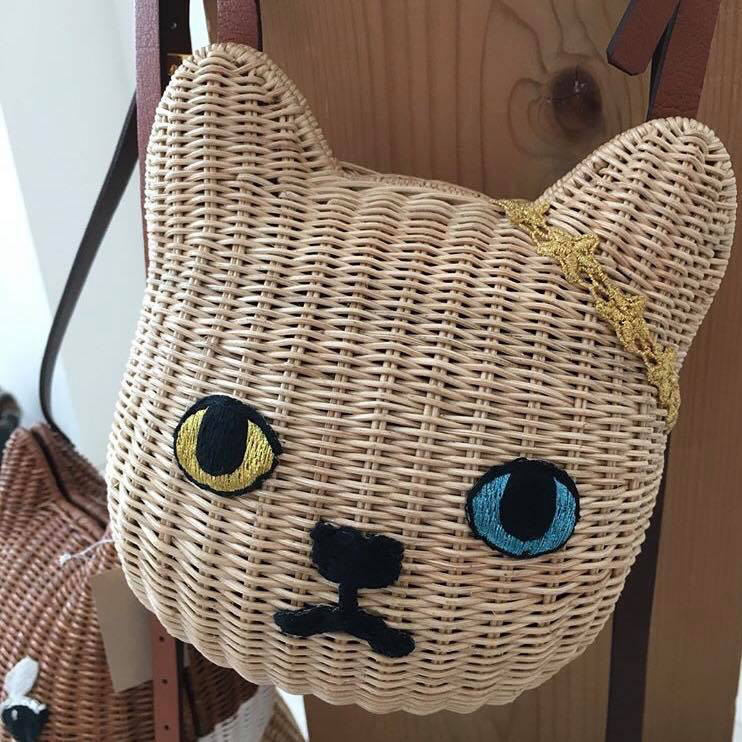
Keora Keora
Sweet and irresistibly unique! Keora Keora make fun phone holders, small bags and purses that transform into cuddly toys. Keora Keora is taking the Kawaii boom international. Whimsical, fun, stylish as well as unique gifts and accessories for children and the ones who never stopped being a child.
Toys:

Kukkia
Kukkia is actually two brands:
gg* is a wooden toy brand. Kukkia’s director Kaz Shiomi is the inspiration and launched the brand in 2011.
gg* offers a large variety of colourful wooden toys made from high quality beech wood sourced from sustainable managed forests.
Kiko+ by Kukkia uses natural materials to make toys with simple lines that make children smile and adults fall back in love with retro designs.
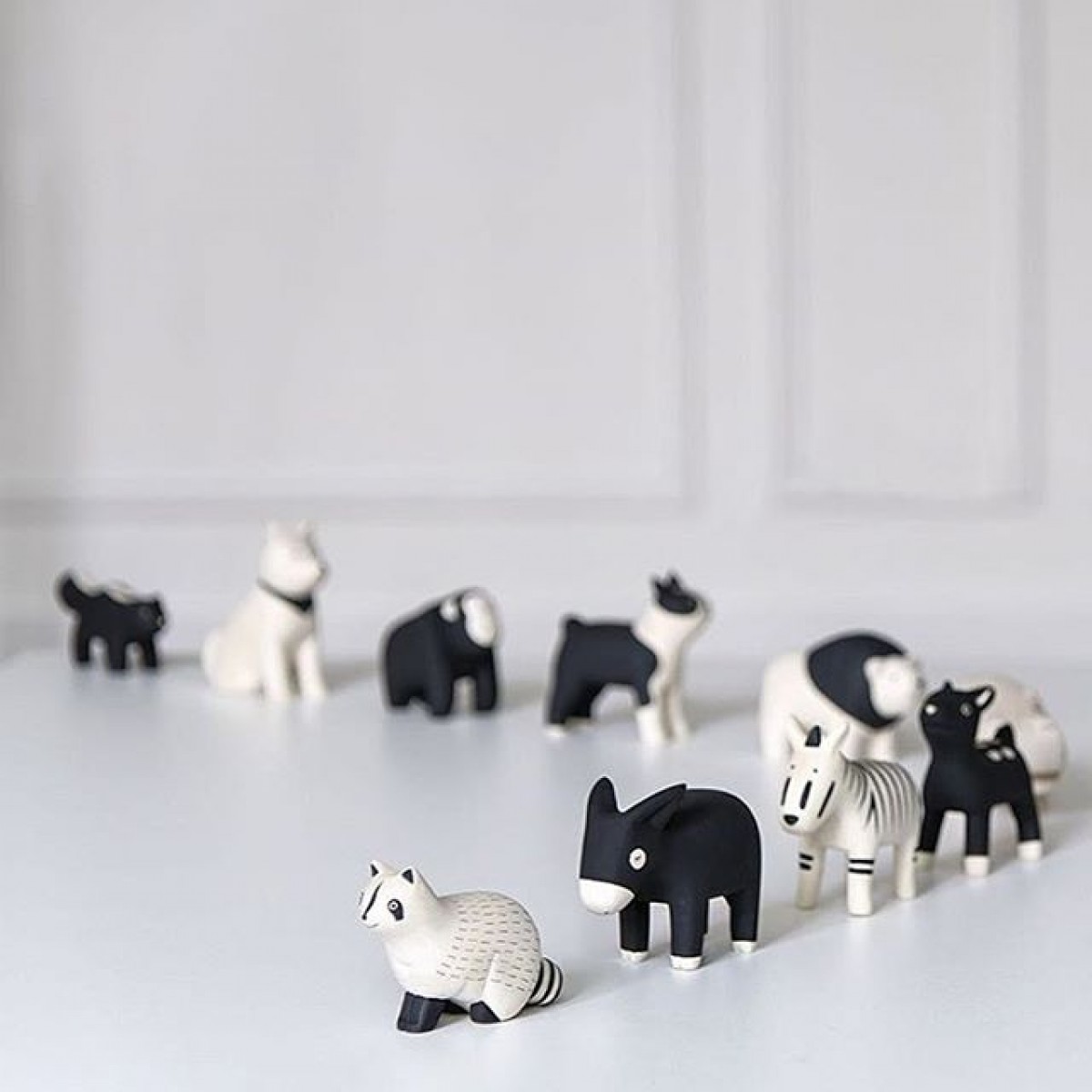
T-Lab
T-lab offers handcrafted wooden figurines. Each figurine is sculpted and hand-painted using only environment-friendly materials. On top these are hand-carved and painstakingly polished by a team of artisans.

Kuum
KUUM is a collection of 202 building blocks crafted from beech tree wood that come in beautifully arranged units of 12. Each unit is infused with the stories of 12 elements. And each unique piece embodies a small fragment of nature.
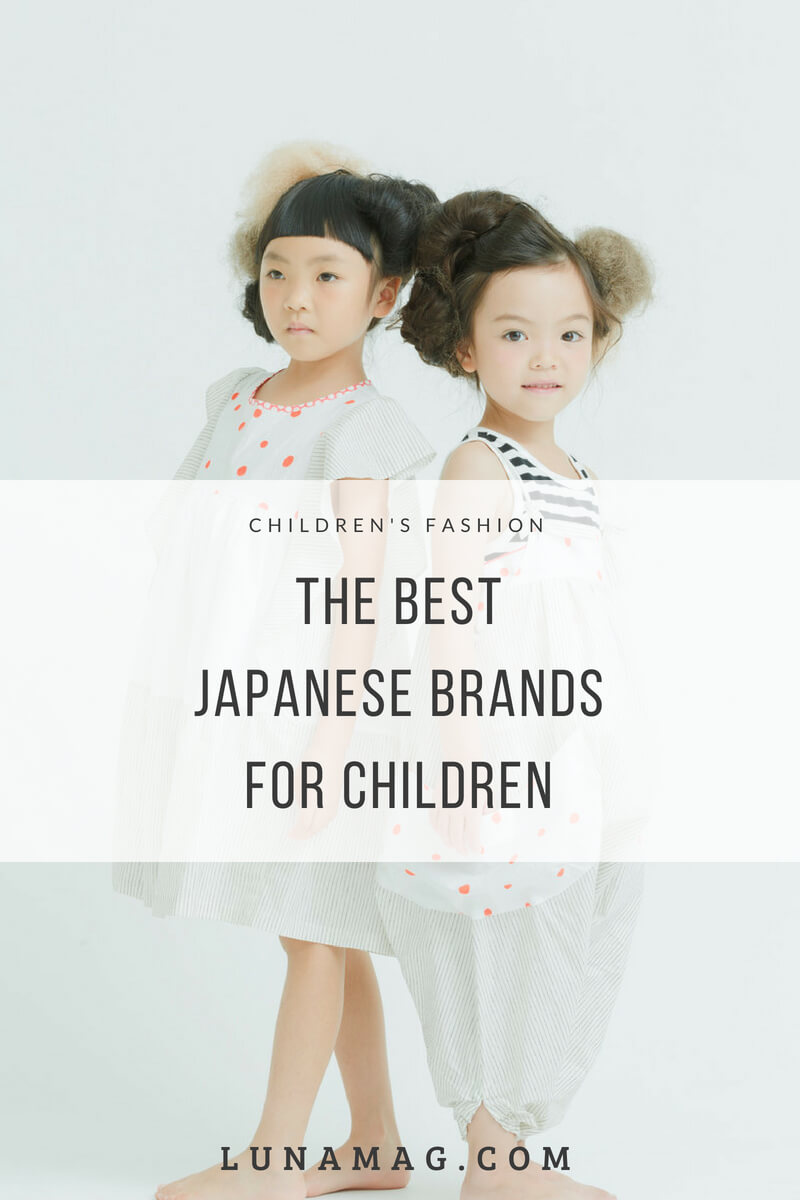
See our article about Japanese toys or this cool brand called Sou Sou.


